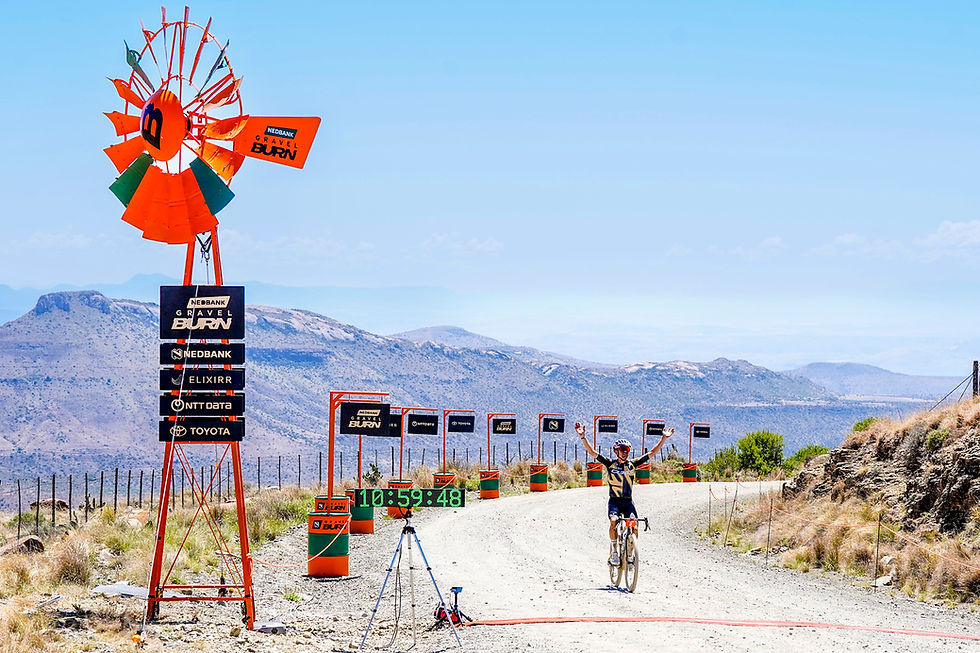Cross Country Benefits
- RUN Magazine

- Mar 12, 2021
- 3 min read
Updated: Mar 28, 2021

South Africans tend to think of long-distance events as better, more challenging. That might be why we turn our nose up at cross country races, which tend to be shorter.
We are used to working with multiples of 5km or 10km, not 6km or 8km. None of us understand what a good time is for a cross country race because it involves running loads of loops on a variety of surfaces such as tar, fields, tracks and banks, and it even includes a short hill. Not to mention it is also wet and muddy in winter. None of that does much for your ego.
So, why does just about every elite road runner do it during their offseason to keep fit? Kenenisa Bekele won the World Athletics Cross Country Championships 11 times; Paula
Radcliffe won the women’s race two years in a row.
Well, when you land on a hard surface such as a road or track, it transfers elastic energy to store and release in your body to propel you forward, improving momentum. But a softer
surface absorbs this energy, so you need to put more effort in to accelerate, which ultimately means your speed will be slower. Not only does that improve your strength, but it also draws your focus away from time and toward your perceived effort. Track and road running can be mentally exhausting, and sometimes not having feedback is good, especially during your
off-season.
WHEN
It runs over the entire winter season, and it either culminates in a national or provincial championship, or you collect points that count towards winning a league.
WHAT
Distances range from 4km to 10km for teens to adults, then 8km for women seniors and 10km for male seniors, meaning you could run for 15 minutes to just over an hour. You can use a 10km race to work on your stamina, endurance and strength, or you can use a short-distance race as a high intensity workout.
HOW
You can still run on the road or track – speed intervals will help, as an example – but I would encourage you to do at least half your training off-road, on grass or trails specific to the event.
As I mentioned earlier, cross country has short, undulating hills, so it makes sense to do structured intervals or high-intensity hill repeats to help recruit the muscle fibres you need to
accelerate you over a rise and down the other side. It sometimes involves sharp turns, so you also need to practise losing momentum, then getting back up to speed.
Do not do too much too soon. You have six to eight weeks to prepare for your race. If you have come off a solid road-running season, it is always a good idea to take a break before starting something new. Your body needs to recover from your track or road season, but you need not worry about losing fitness. Start building slowly, realising that if you are suddenly
doing hill repeats, running on softer surfaces that require more strength, or performing dead turns, these are new stresses to your body and it needs time to adapt. So, I would advise introducing new elements gradually. Start with a few hill repeats and turns on the
grass in your first week, as an example.
Remember: these require the same muscles you use on the track or road, only you recruit them in different ways and to varying capacities.
EFFORT, NOT PACE
Off-road surfaces are inconsistent, affecting your speed, which means you cannot rely on pace. Ask your body how the effort feels and if you can sustain that effort for the duration
of the session. Your body may not feel up to a specific pace on race day. Your effort, on the other hand, will not let you down because seven out of 10 always feels like seven out of 10, even on a bad day. It has psychological benefits because it stops you from receiving
negative feedback and feeling like you are not getting any better. Positive vibes all around!











